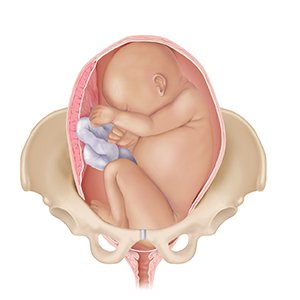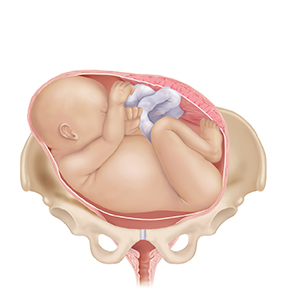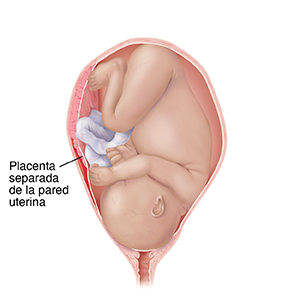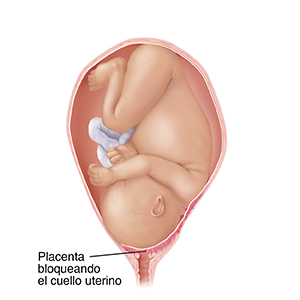Situaciones que requieren atención especial
Desproporción cefalopélvica: La cabeza del bebé es demasiado grande para el tamaño de la pelvis.
Posición de nalgas: El bebé está colocado con las nalgas o los pies primero.
Posición transversal: El bebé está en posición horizontal con respecto a la pelvis.
Abrupción placentaria: La placenta se separa del útero.
Placenta previa: La placenta bloque el cuello uterino.
© 2000-2025 The StayWell Company, LLC. Todos los derechos reservados. Esta información no pretende sustituir la atención médica profesional. Sólo su médico puede diagnosticar y tratar un problema de salud.







